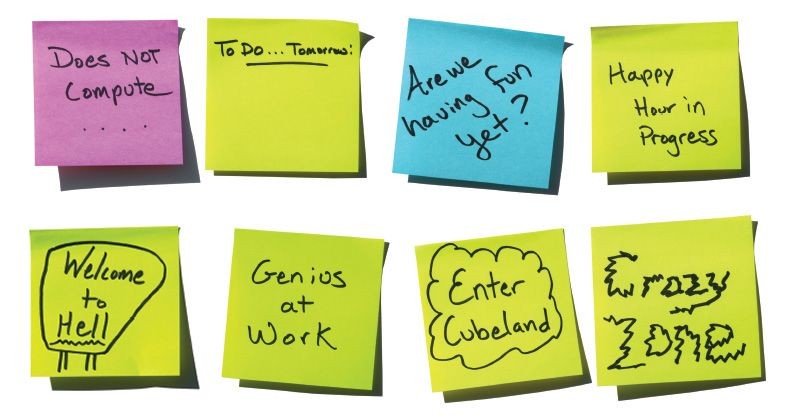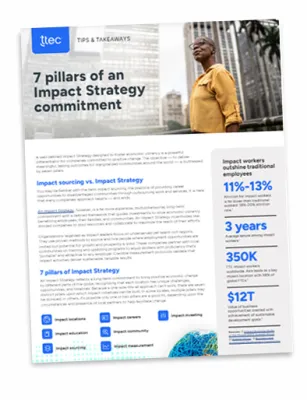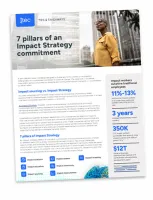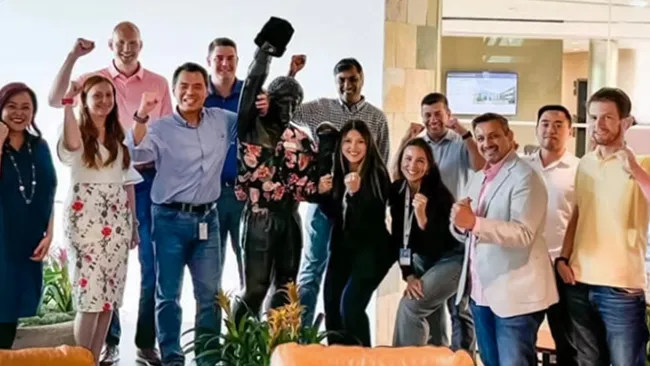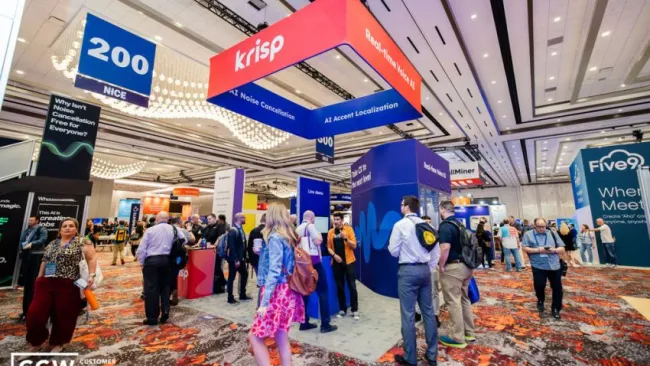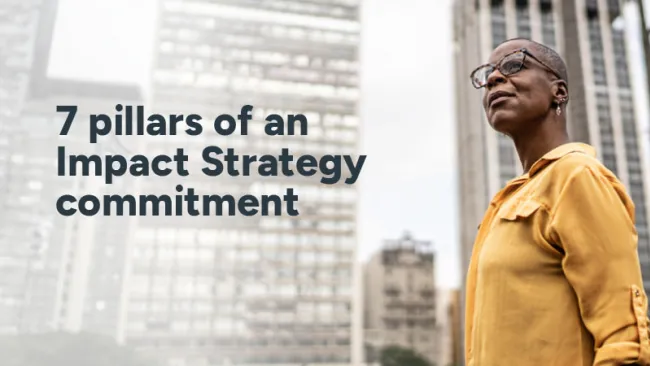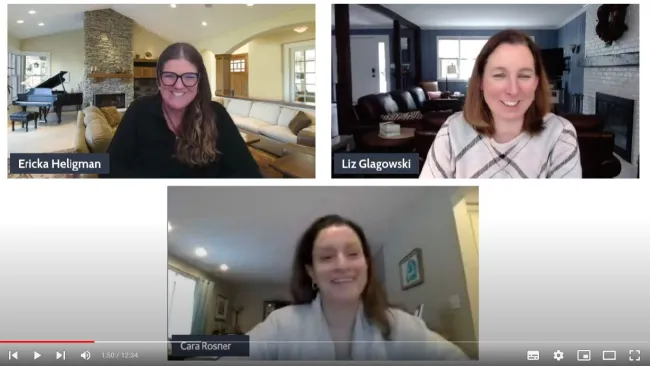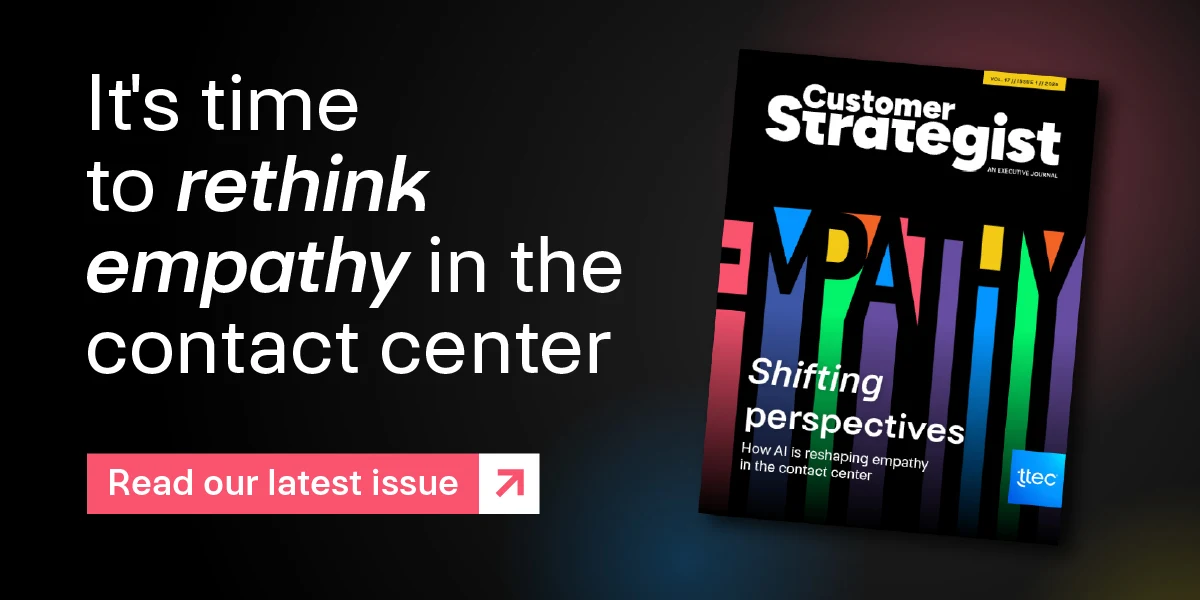Offering a superior customer experience usually ranks near the top of most brands’ to-do lists. After all, satisfied customers are more likely to bring revenue, repeat business, and referrals. What may be less obvious is that positive customer experience, in many ways, is born out of a happy workforce, meaning many brands can benefit from increased employee engagement efforts.
To really engage employees in a meaningful way companies need to go beyond quick, easy fixes and really take a good look at the company’s culture and how it operates, says Jacob Morgan, a futurist who has extensively studied the future of work, workplaces, and employee experience.
In addition to happier workers and increased goodwill, he says, taking the time to focus on employee engagement can heighten productivity and bolster brands’ bottom lines.
Morgan is a three-time bestselling author and keynote speaker who published his latest book, The Employee Experience Advantage: How to Win the War for Talent by Giving Employees the Workspaces They Want, the Tools They Need, and a Culture They Can Celebrate, in March.
He analyzed more than 250 global organizations for his latest book, and his other titles include, The Future of Work and The Collaborative Organization. Here, Morgan offers some insights on why and how companies should prioritize employee engagement.
Customer Strategist: Why should brands focus on employee engagement activities?
Jacob Morgan: The argument I make in my book is that employee engagement has largely failed at most organizations because “engagement” has become synonymous with employees working in outdated environments but with perks. This means the core of how an organization operates hasn’t changed but, in an effort to appease employees, various perks like free food are introduced.
Employee experience, on the other hand, is the actual redesign of the organization. In other words, changing the core workplace practices. This means that in order to have an engaged workforce you need to start with employee experience, which I define as a combination of three environments: culture (how employees feel), technology (the tools employees use to get their jobs done), and physical space (the actual spaces in which employees work).
CS: Is this something that many companies have on their radar?
JM: Pretty much every company in the world is, in some way, thinking about employee engagement. But as I mentioned above, this isn’t necessarily a good thing. We are quite obsessed with perks and short-term fixes to long-term challenges. Regardless of what you want to call “it,” the goal should be changing workplace practices around your people, as opposed to forcing your people to work in outdated workplace practices with perks!
CS: What findings from your research surprised you?
JM: Perhaps the most surprising thing is that this is a relatively simple concept.
There are only three things that we need to pay attention to: culture, technology, and the physical workspace. These aren’t secrets. In fact, everyone is aware of these three things but the problem is that we never make the connection to put these three together. We always approach them as three separate buckets, but the reality is they all shape, influence, and play off of each other. The top organizations do an amazing job at investing in and designing for all three of these things.
Another surprising finding was that it’s not about the work. We keep seeing and hearing about how important the work is, but this isn’t something that the organization controls. Employees are the ones who control the work, since they are the ones who decide on their career, the organization they work for, the role they apply for, and if they want to stay at that organization. The company itself can only influence the environments in which the employees work.
CS: Do certain types of activities or motivations have better financial impacts than others?
JM: Not really. I looked at 17 attributes that comprise these three environments. These attributes included everything like pay and benefits, having managers who act like coaches and mentors, diversity and inclusion, multiple workspace environments, and much more. I know we always want to find those “low- hanging fruits”—that is, the quick few things we can do to drive performance —but that’s exactly the problem. There is no low-hanging fruit here. In fact, this fruit is at the very top of the tree on the branch that looks like it’s going to break at any second!
The financial impact I found was among the organizations who do a great job of investing in all three environments: culture, technology, and physical space. Perhaps the best piece of advice I can give here is to think of your organization more like a lab and less like a factory. It’s crucial to experiment with ideas and see what works and what doesn’t. None of the world’s top organizations have everything figured out; in fact, they make more mistakes than everyone else!
CS: Should engagement activities focus on a certain level of employee, or should it be a priority among all levels?
JM: Employee experience is something that applies to every single employee, regardless of role or job title. Not only is it relevant for everyone, but everyone also has a say in shaping their own experiences at the company. We all want and deserve to work for an organization that is investing in our experiences.
CS: What potential challenges do brands face when trying to improve employee engagement?
JM: Perhaps the biggest challenge with experience is that we are obsessed with short-termism. Quarterly profits dominate Wall Street and so we are very focused on what we can do to drive impact in a few months. This is why our organizations spend so much time and effort investing in perks, but then they are shocked when they don’t see the longer-term value. This means that the biggest barrier to change deals much more with how we think instead of what we do.
CS: What are some of the key factors that make a brand/company somewhere that people want to work?
JM: Everything comes down to the culture, technology, and physical space. Every single experience for every employee at every company starts with these three things.
The best place to start, though, is simply by talking to your people. When you go out on a date you get to know someone by asking questions and striking up a conversation. Do the same thing inside of your organization. You’re on a date with your people (I know HR won’t want to hear this); start by talking to them. Ask them what they care about, why they joined the company, etc. Stop reading research reports and trying to copy Google; focus on YOUR workforce.
